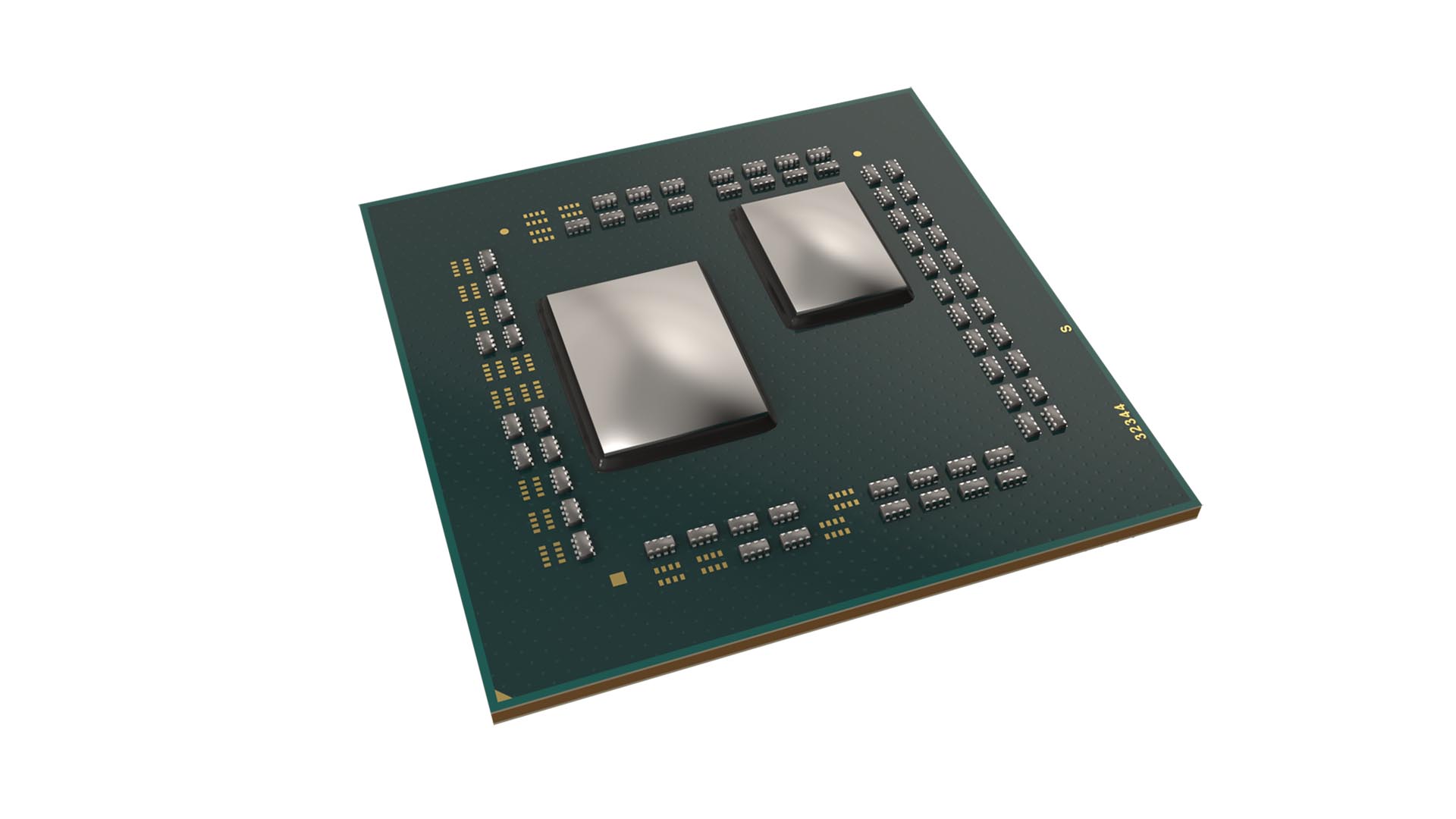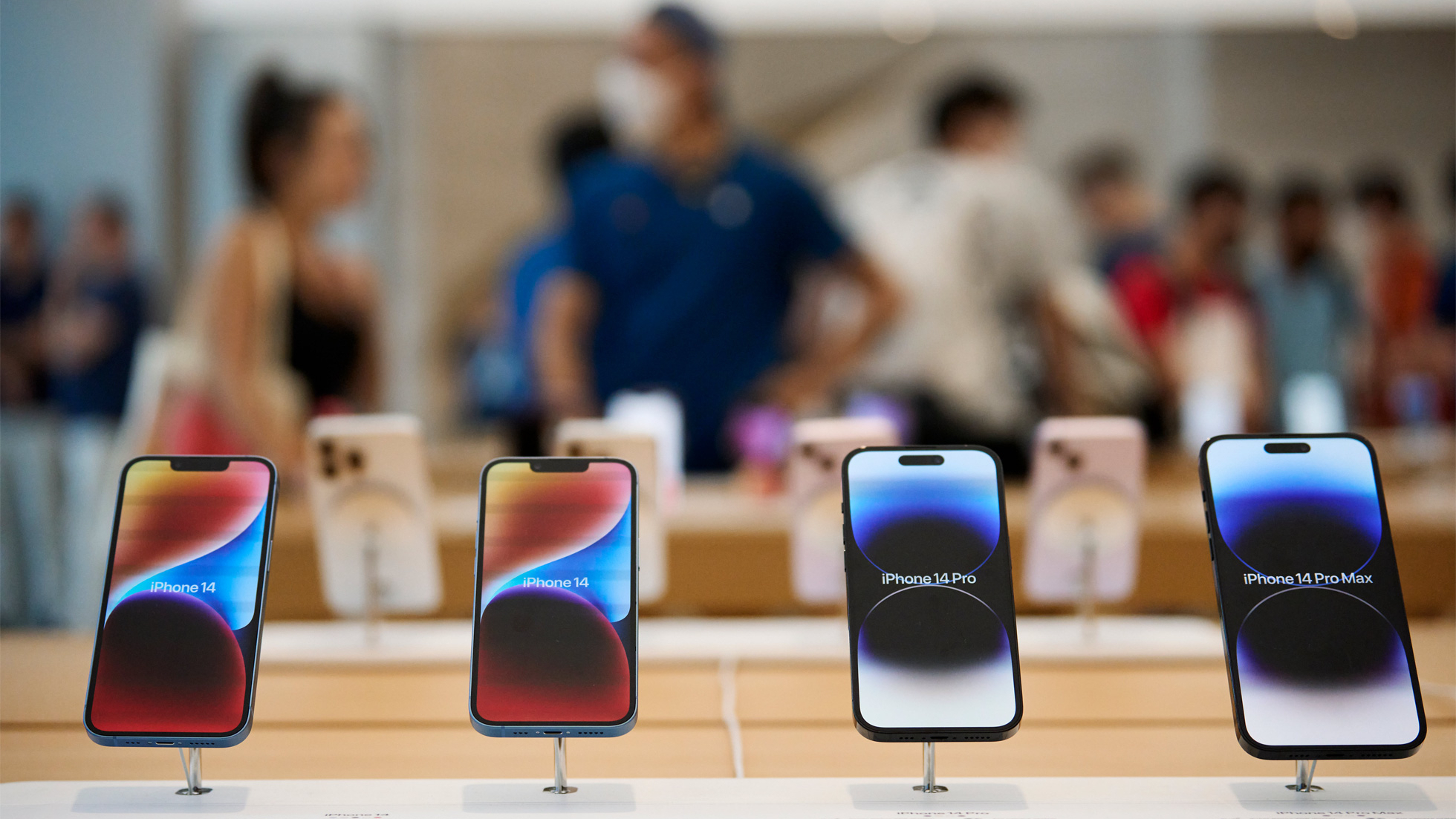In this article, I’ll show you how the Ryzen 7 4800U is different from the previous generation of processors. The first thing we need to talk about is that there are two different families of Ryzen mobile chips: the “K” series and the “Y” series. The K family includes almost every processor released so far, including both desktops and laptops; however, Y-series processors are only found in laptops. For our purposes here today, we’ll focus on Y series mobile parts like the AMD Ryzen 7 7000 Series or Intel Core i7-8500U APU (both use a 45W TDP).
The Ryzen 7 4800U had 8 cores with SMT and 16 threads.
The Ryzen 7 4800U had 8 cores with SMT and 16 threads. It was also the first laptop chip to feature AMD’s new Zen architecture, which is designed to deliver improved performance and efficiency. With eight cores and sixteen threads, the chip can handle many tasks at once without slowing down or running out of resources. Its 4GHz boost frequency ensures that applications run smoothly even under heavy load conditions like gaming or video editing sessions (or both).
Boost frequency is 4.2 GHz.
This means that while the CPU is at its base clock speed, it can reach a maximum turbo speed of 4.2 GHz. When you’re running applications or games, your system will be able to run at this frequency as well because there are no other constraints on how fast your processor can go and still be stable with all of its cores working together in harmony. If you want access to more power from your processor when running demanding tasks like video editing or encoding software, then this is where Boost comes into play—it allows for more power without any problems whatsoever (and even makes things easier).
To service the Radeon graphics, a Vega GPU was used with 8 CUs and 512 stream processors.
In order to service the Radeon graphics, a Vega GPU was used with 8 CUs and 512 stream processors. This means that it’s integrated into the CPU. The GPU isn’t a separate chip; instead, it’s used to power the display and graphics on your laptop computer.
In this case, the memory controller supports two DDR4-3200 channels.
This means that a system can have 2 DIMMs with a total of 64GB of RAM installed in it.
The X570 chipset supports DDR4-2666 or higher speeds from your motherboard manufacturer and above. However, there are some exceptions to this rule: Some chipsets may limit you to only using one channel at 3333MHz (the same as what we’re getting now). Other chipsets might not support overclocking at all! If your laptop doesn’t have an option for overclocking then it will likely be limited by its integrated graphics card and CPU rather than having more storage space available on its hard drive(s).
Moreover, the cache of the second level remains unchanged.
Moreover, the cache of the second level remains unchanged. The cache of the second level is 16 MB and 8 MB respectively.
The Ryzen 7 7000 series mobile processors use PCI Express 4.0, not 5.0.
This means that the AMD Ryzen 7 4800U and the other mobile parts do not support PCI Express 5.0—the latest version of PCIe that’s available from Intel and Nvidia in their next-generation platforms (including laptops).
PCI Express is a standard for transferring data between devices at superfast speeds over a single wire instead of using multiple wires or cables as in USB 3.1 Gen 2 or Thunderbolt 3 technology used by current laptops with integrated graphics cards (IGC). It’s also the same standard used inside motherboards so that computers can connect directly to each other without needing any additional software drivers installed first; it’s what allows us to plug our keyboard into our monitor without having any special hardware required at all!
Conclusion
The performance of the Ryzen 7 4800U is not bad. The TDP remains below 15W and the system does not heat up too much. In addition, it has a good price-performance ratio. However, we can see that this part is still behind other competitors in terms of IPC or power consumption. We do not expect any major changes from AMD on these two aspects anytime soon.



